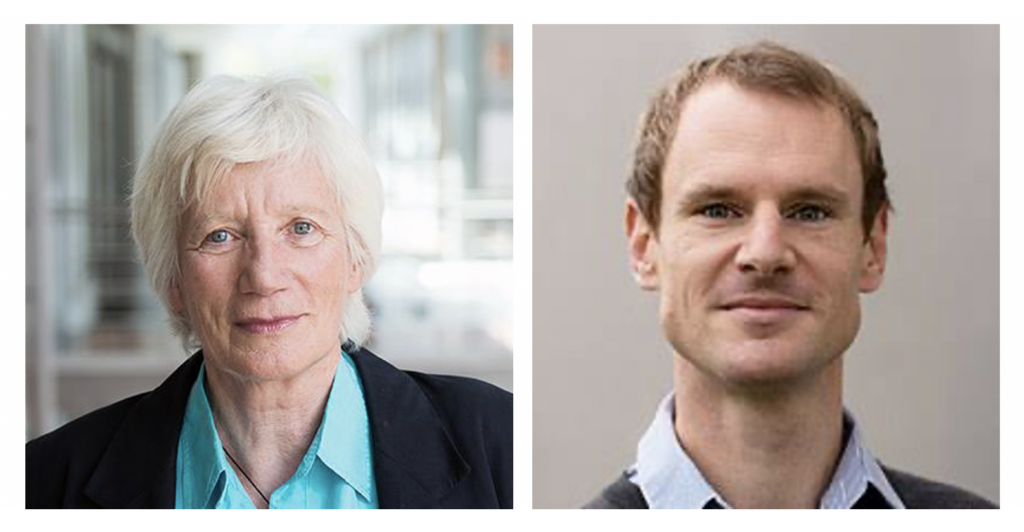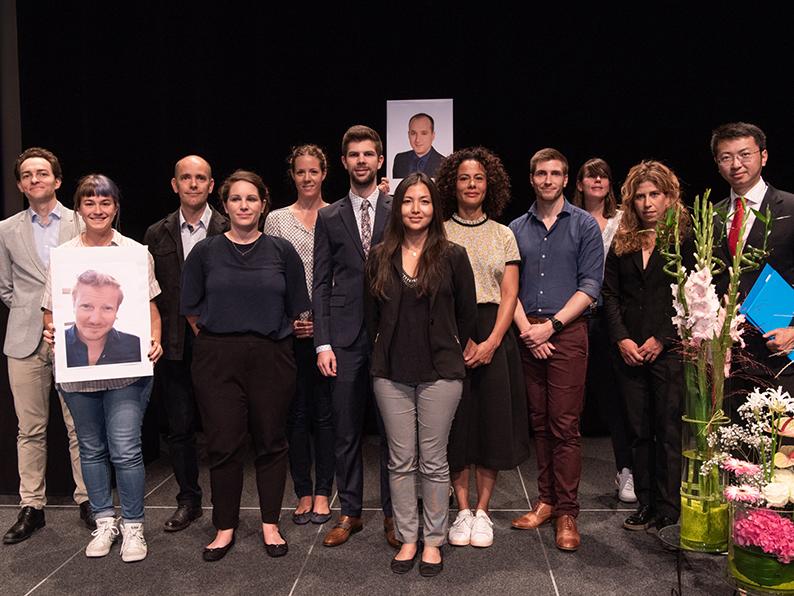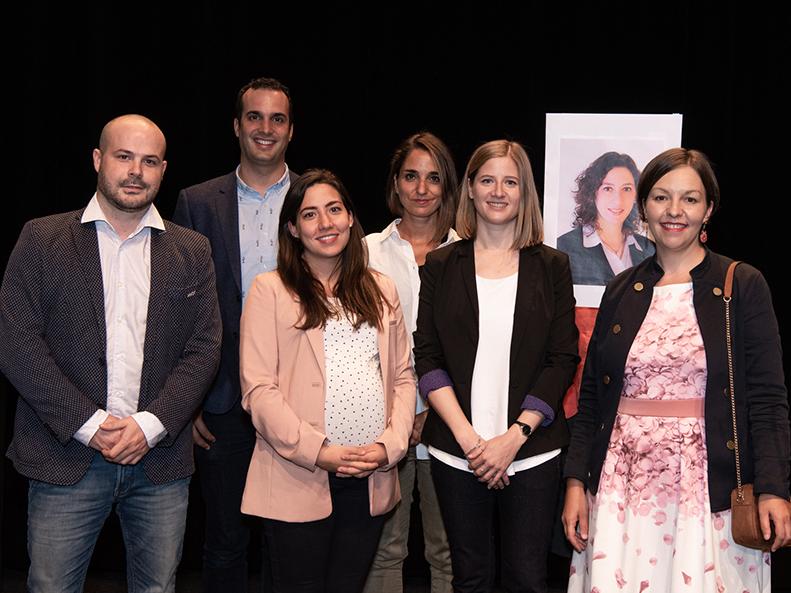Thomas Auer (RB) was awarded with an Ambizione SNSF fellowship.
We all wish him the best in his project: Gustatory circuit evolution in Drosophilids.

Research:
Eating is a fundamental necessity for the survival of each animal. However, we know little about how perception of food differs between species and how this perception is modified for exploration of new food sources.
Smell and taste are the two primary senses that guide the decision to approach or reject a potential food substrate. This decision is based on sensory input of olfactory (smell) and gustatory (taste) chemosensory organs where receptors expressed in sensory neurons interact with defined chemical ligands. Studies in Drosophila melanogaster, with its sophisticated genetic toolset, have helped to gain fundamental insights into the sensing of taste modalities such as sweet and bitter. Physiological and behavioral approaches have additionally provided links between receptors, neural circuits, and behavioral outputs. Despite these advances in D. melanogaster, relatively little is known about how the architecture of taste circuits evolves, nor how evolutionary changes in neural systems impact behavioral traits: How are stimuli perceived by closely-related species with different feeding habits? What circuit modifications are necessary for the same stimulus to trigger opposite behavioral responses? Is peripheral sensing or central processing more prone to changes, and how is this used for ecological adaptations?
We will employ an ideal system, the closely-related Drosophila species D. melanogaster and D. sechellia, to study gustatory circuit evolution. These flies show opposing behaviors upon exposure to hexanoic acid: D. melanogaster is repelled while D. sechellia is attracted. This behavior is highly relevant for the ecology of D. sechellia, as it lives exclusively on a single host fruit enriched with hexanoic acid. Using a comparative evolutionary approach we will decipher how acid sensing gustatory circuits differ between both species.
We will answer if evolutionary adaptations in the receptor repertoire lead to differential sensing of information at the periphery and/or how neural circuit connectivity modifies the perception of the sensed information in the central brain. Thereby we will reveal how evolution shapes chemosensory perception, how this affects an animal’s behavioral choices and leads to the occupation of specific ecological niches.
Further information: http://www.snf.ch/SiteCollectionDocuments/ambizione_liste_beitragsempfangende_e.pdf










